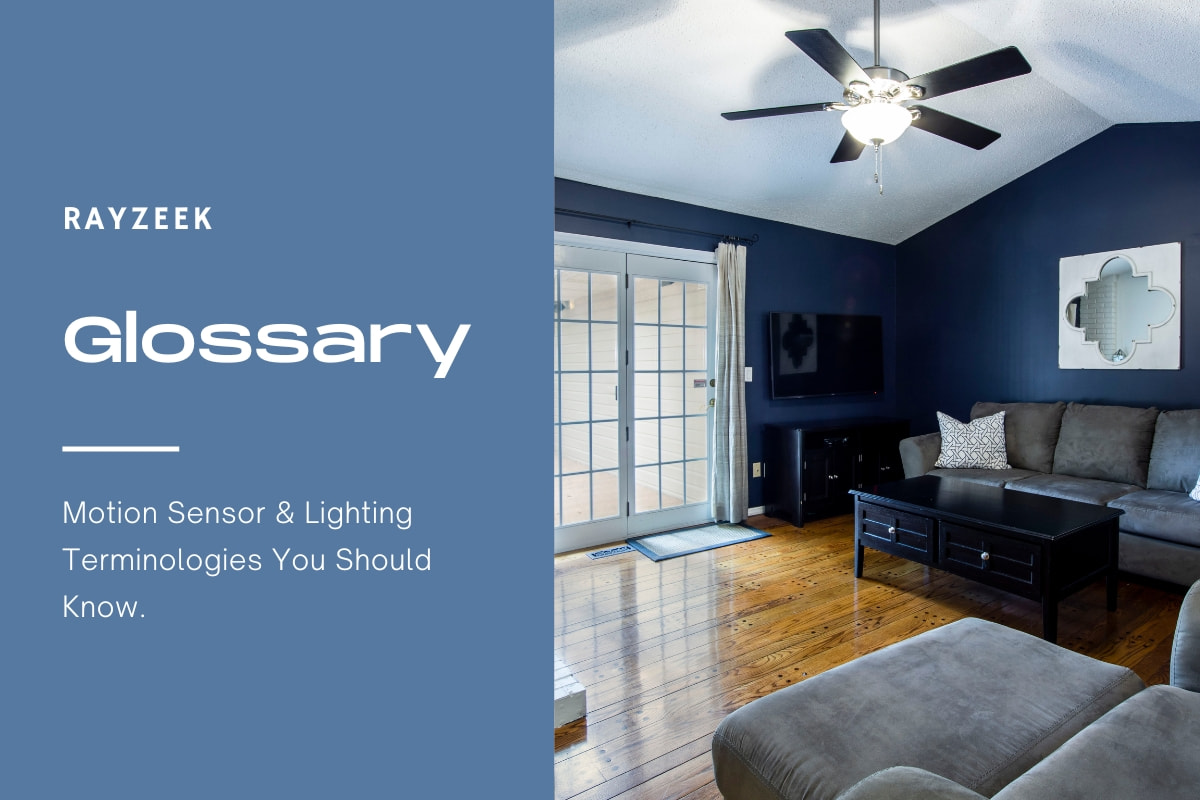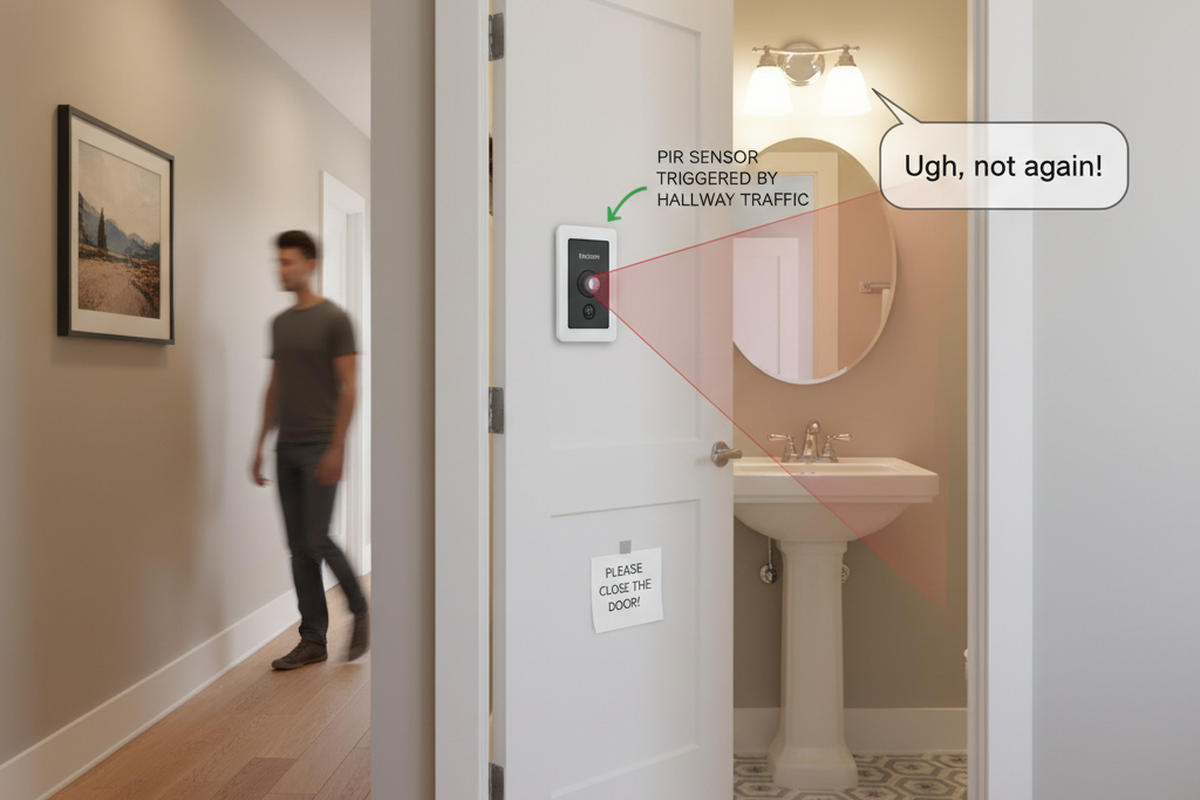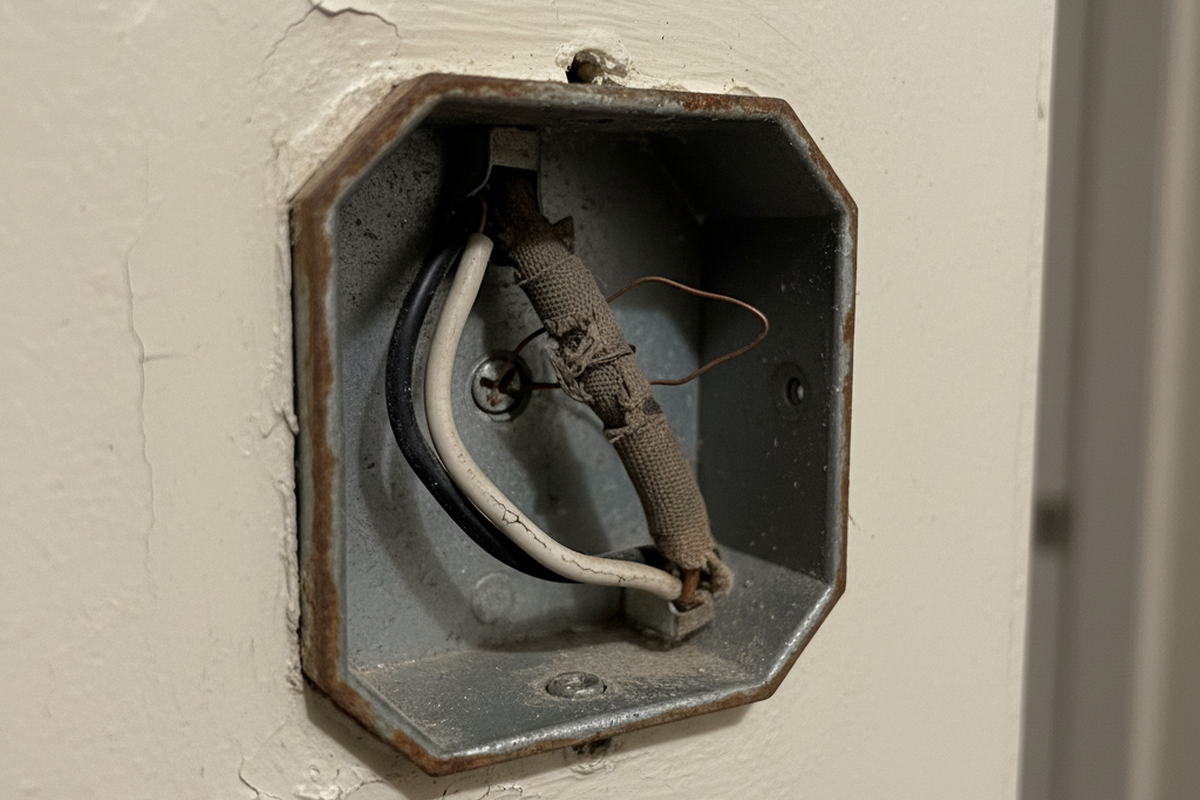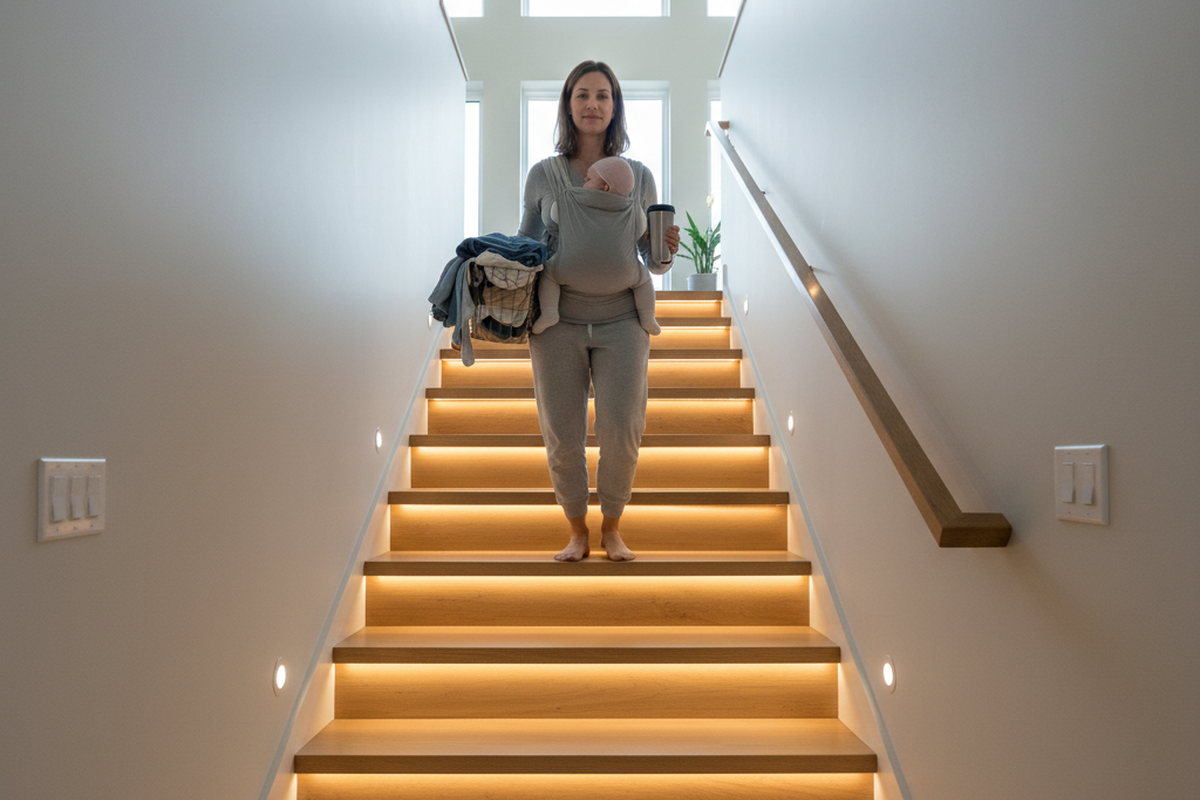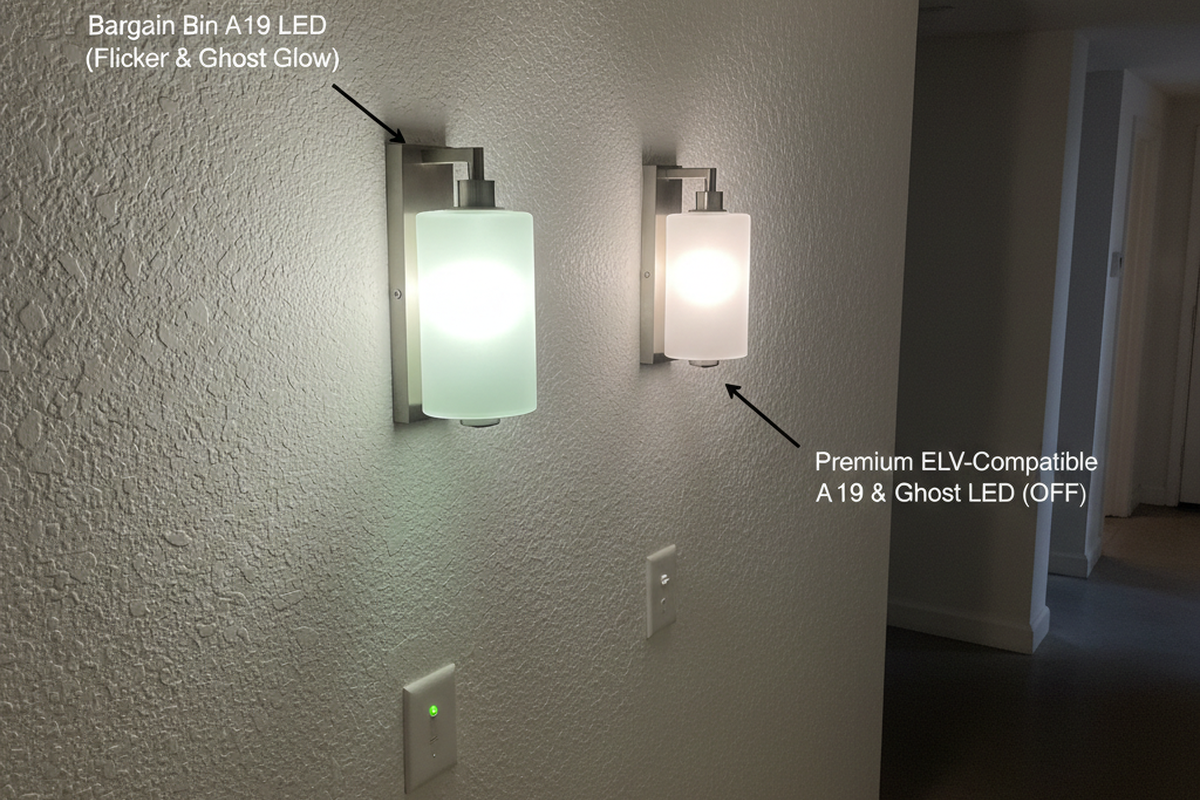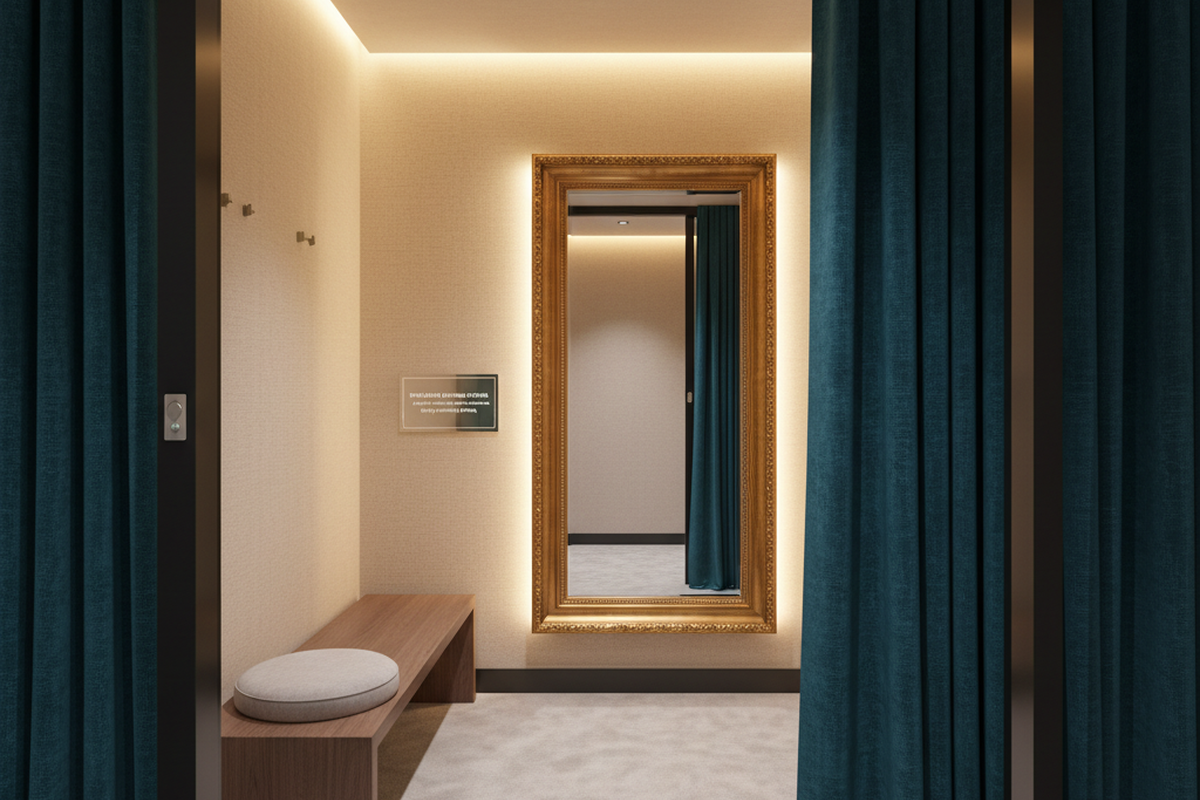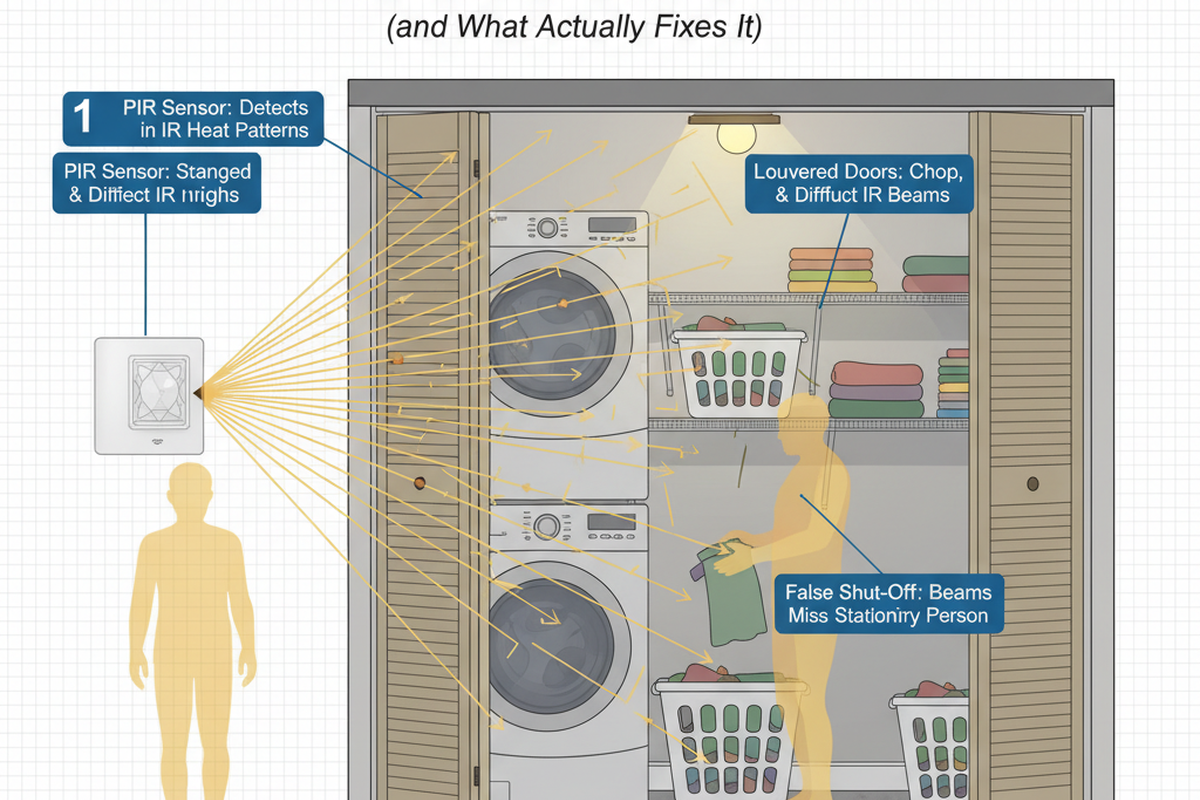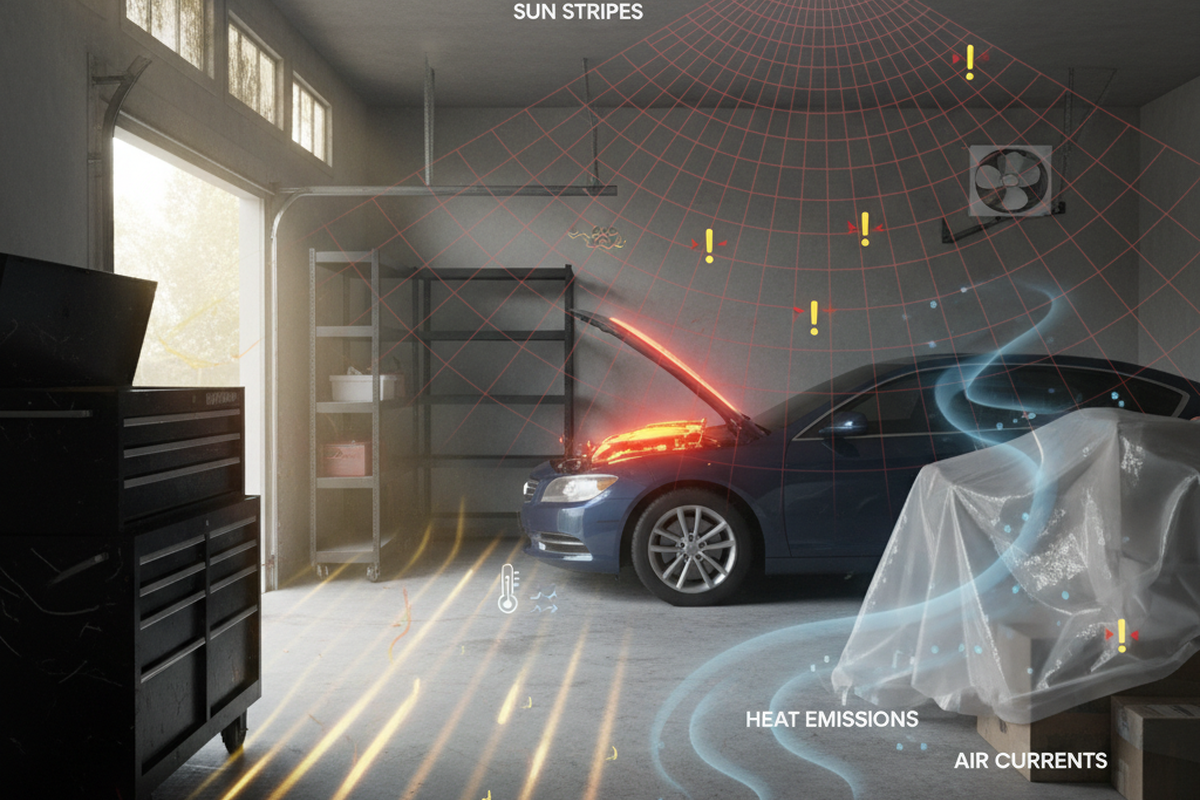What is Fluorescent Tube
A fluorescent tube, also known as a fluorescent lamp or tube light, is a type of lighting fixture that operates using a low-pressure, mercury-vapor gas discharge. It consists of a long, narrow glass tube that is coated on the inside with phosphor. Within the tube, a small amount of mercury vapor and an inert gas, such as argon or krypton, are present.
When an electric current is applied to the tube, it excites the mercury atoms, causing them to emit ultraviolet (UV) light. This UV light then interacts with the phosphor coating, causing it to fluoresce and emit visible light. The phosphor coating is responsible for converting the UV light into different colors, allowing fluorescent tubes to produce a range of light colors, including warm white, cool white, and daylight.
Get Inspired by Rayzeek Motion Sensor Portfolios.
Doesn't find what you want? Don't worry. There are always alternate ways to solve your problems. Maybe one of our portfolios can help.
To operate a fluorescent tube, a ballast is required. The ballast is a device that regulates the flow of electricity to the tube. There are two types of ballasts commonly used for fluorescent tubes: electronic ballasts and magnetic ballasts. Electronic ballasts are more energy-efficient and provide better control over the lamp’s operation, while magnetic ballasts are older technology and less efficient.
Fluorescent tubes are more energy-efficient, typically using 25-35% less energy to produce the same amount of light. This energy efficiency translates to cost savings in terms of electricity consumption. Additionally, fluorescent tubes have a longer lifespan compared to incandescent bulbs, typically lasting around 10,000 to 20,000 hours.
However, fluorescent tubes require a short warm-up time before reaching full brightness, and they may flicker or produce a humming sound during operation. The presence of mercury in fluorescent tubes also poses an environmental concern, as mercury is a hazardous substance that requires proper disposal.
In recent years, LED tube lights have gained popularity as a more advanced and energy-efficient alternative to fluorescent tubes. LED stands for Light Emitting Diode, and LED tube lights utilize solid-state lighting technology to produce light. LED tube lights offer several advantages over fluorescent tubes, including longer lifespan, higher energy efficiency, instant start-up, no flickering, and no mercury content.
Looking For Motion-Activated Energy-Saving Solutions?
Contact us for complete PIR motion sensors, motion-activated energy-saving products, motion sensor switches, and Occupancy/Vacancy commercial solutions.
Frequently Asked Questions
Where Should You Not Use LED Bulbs
Enclosed fixtures that do not provide adequate ventilation can significantly impact the temperature of LED bulbs, leading to overheating and a reduced lifespan. This is why certain bulbs come with a warning against using them in enclosed ceiling fan or fully enclosed porch light fixtures.
Can I Replace Old Fluorescent Fixture Lights With LED
LED retrofitting is a highly efficient and economical solution for replacing old fluorescent fixture lights. The era of dull fluorescents in residential and commercial spaces is coming to an end. By switching to LEDs, not only can you save energy, but you can also enjoy their longer lifespan. Converting fluorescent fixtures into luminaries for LED lights is a great way to maximize energy efficiency.
Can I Directly Replace Fluorescent Tubes With LED
Yes, it is possible to replace fluorescent tubes with LED tubes or LED-integrated fixtures. If you only need to replace the bulbs, you have the option to use plug-and-play, direct-wire, or hybrid LED tubes.
Can I Replace My Fluorescent Tubes With LED
Yes, it is possible to replace fluorescent tubes with LED tubes or LED-integrated fixtures. If you only need to replace the bulbs, you have the option of using plug-and-play, direct-wire, or hybrid LED tubes. Among these options, plug-and-play tubes are the most convenient to install since they do not require any rewiring of the fixture.
Which Is Cheaper to Run LED or Fluorescent
Using LED lighting instead of fluorescent lighting can result in significant cost savings. On average, LED bulbs consume 75% less energy compared to standard fluorescent bulbs. This translates to a 62% reduction in costs when using LED lighting. Although LED bulbs may have a higher upfront cost, the long-term savings make them a more economical choice.
What Is the Difference Between Fluorescent Tube and Tube Light
One of the main distinctions between fluorescent tubes and LED tube lights lies in the mechanism by which they generate light. In contrast to LEDs, which utilize electrical energy, fluorescent lights rely on heat to produce light.

